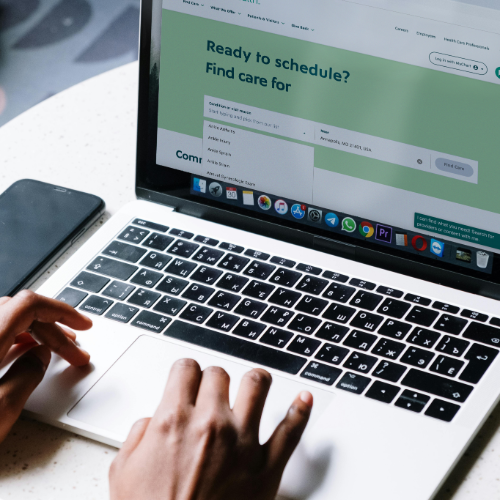Category: Design


May 29, 2025
Choosing the Right Online Scheduling Option for Your Organization
As healthcare organizations work to modernize patient access, online appointment scheduling has become an important component of the digital patient experience. However, when it comes to integrating scheduling capabilities on a health system’s website, there’s no one-size-fits-all approach. The right solution depends on a health system’s goals, technical capabilities, and operational workflows. Broadly speaking, there […]
